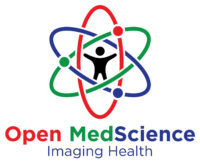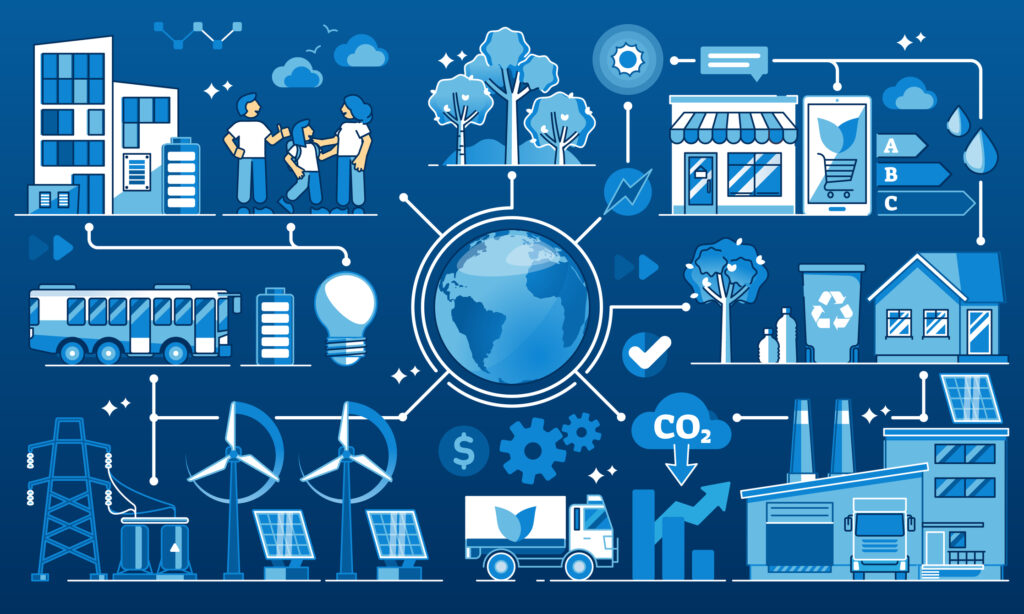In biopharma manufacturing, sterility isn’t optional. Every process, from fermentation to purification, must protect products from contamination. Yet waste streams can carry microbes, residual media, and hazardous chemicals. Without robust treatment, these byproducts threaten both the environment and plant integrity. That’s where modern biowaste effluent decontamination systems come in.
Modern biowaste effluent decontamination systems form a multi-barrier defence. They combine thermal inactivation, chemical oxidation, filtration, and automated controls. The result is consistent, validated sterility and peace of mind for quality, operations, and sustainability teams alike. In this article, we’ll dive deep into why these systems matter, how they work, the benefits they deliver, and what the future holds.
Why sterility matters in biopharma
Biopharmaceutical products demand purity. Contaminated products can endanger patients and trigger costly recalls. Regulatory bodies like the FDA and EMA mandate strict controls over waste handling. Even minor lapses in effluent treatment can lead to microbial proliferation downstream. For plants, the stakes are high. The risks include reputational damage, financial penalties, and disrupted production. A dedicated decontamination system from Effluent decontamination systems addresses these risks head-on.
Understanding biowaste effluent challenges
Effluent from biopharma processes is not your average industrial wastewater. Typical characteristics include:
- Live cells and biomass from cell culture or microbial fermentation
- Residual nutrients such as sugars, amino acids, and vitamins
- Process chemicals, including disinfectants and solvents
- Biological byproducts like host-cell proteins and nucleic acids
Municipal wastewater treatment plants are not designed for such a cocktail. They can become overwhelmed, leading to permit violations and ecological harm. To protect both your plant and the environment, you need a purpose-built decontamination system.
Core stages of a biowaste decontamination system
Effective sterilization relies on multiple, integrated stages:
- Pre-treatment screening: Removes large particles and solids. It also protects downstream equipment from clogging
- Thermal inactivation: Raises the temperature above 121 degrees Celsius to kill microbes
- Chemical dosing: Uses agents like hydrogen peroxide or peracetic acid to oxidize residual organics
- Filtration and membrane separation: Employs micro- or ultrafiltration to remove fine particulates and any surviving cells
- pH adjustment and polishing: Neutralizes effluent and removes trace contaminants before discharge or reuse
Together, these barriers deliver effluent you can confidently discharge, or even reuse for cooling towers or cleaning utility systems
Operational benefits beyond compliance
Investing in an advanced decontamination system yields tangible gains, including:
- Reduced downtime: Integrated CIP/SIP routines shorten cleaning cycles. You spend less time offline
- Lower chemical use: Precision dosing cuts waste and chemical costs
- Energy efficiency: Heat-recovery units reclaim steam energy for pre-heating feed streams
- Extended asset life: Effective solids removal and corrosion control protect pumps, pipes, and membranes, delaying capital replacements
- Minimized environmental impact: Meeting or exceeding discharge limits not only avoids fines but bolsters a company’s sustainability credentials
These gains translate into a faster return on investment, often under 18 months, while enhancing overall site efficiency.
Best practices for system integration
To maximize ROI, follow these guidelines:
Site-specific assessment
Map effluent volumes, composition swings, and peak loads. Tailor system capacity and skid configurations accordingly.
Modular design
Prefabricated, plug-and-play modules simplify installation and allow phased expansion as production grows.
Vendor partnership
Choose suppliers who offer end-to-end support: engineering, installation, validation assistance, and operator training.
Phased commissioning
Validate each treatment stage independently before full-line operation. This minimizes surprises and accelerates qualification.
Comprehensive training
Equip plant personnel with hands-on workshops and digital-twin simulators so they can troubleshoot with confidence. By investing in planning and training, plants avoid startup delays and ensure their teams embrace the new technology.
Future trends: Automation and Data Analytics
The next generation of systems will be smarter and more autonomous:
- Digital twins: Virtual replicas simulate heat transfer, chemical kinetics, and fouling rates. Operators can test parameter tweaks in silico before applying them onsite
- AI-driven analytics: Machine-learning models sift through vast sensor data, forecasting maintenance needs hours or days in advance
- Edge computing: On-site analytics enable millisecond-level control loops, tightening parameter tolerances
- Integrated sustainability dashboards: Carbon footprint, water intensity, and energy use metrics alongside traditional KPIs
These advances promise even lower operating costs, fewer emissions, and tighter sterility assurance.
Endnote
Sterility in biopharma begins not just at your bioreactors, but at every drain. Effluent holds the potential for microbial regrowth, chemical hazards, and regulatory headaches. Biowaste effluent decontamination systems deliver a multi-barrier defence, blending thermal kill steps, chemical oxidation, filtration, and automated control. The result is rock-solid sterility, simplified compliance, and measurable operational gains.
As biopharma scales to meet global demand, robust effluent treatment will remain a cornerstone of facility design. Embracing advanced decontamination systems today ensures your plant stays compliant, efficient, and sustainable.
Disclaimer
The content provided in this article is for informational purposes only and reflects the views and knowledge available to Open Medscience as of the publication date (25 May 2025). It is not intended to constitute professional advice, technical guidance, or regulatory compliance instruction. Readers are encouraged to consult with qualified professionals and refer to local, national, and international regulations relevant to biowaste treatment and pharmaceutical manufacturing.
Open Medscience makes no warranties or representations, express or implied, regarding the accuracy, completeness, or suitability of the information contained herein. Any reliance placed on the content is strictly at the reader’s own risk. References to specific technologies, vendors, or practices do not constitute an endorsement or recommendation.
Biowaste effluent decontamination systems should be specified, validated, and maintained according to site-specific requirements and applicable regulations. Always seek expert consultation before implementing any system or process discussed in this publication.
You are here: home » diagnostic medical imaging blog »



